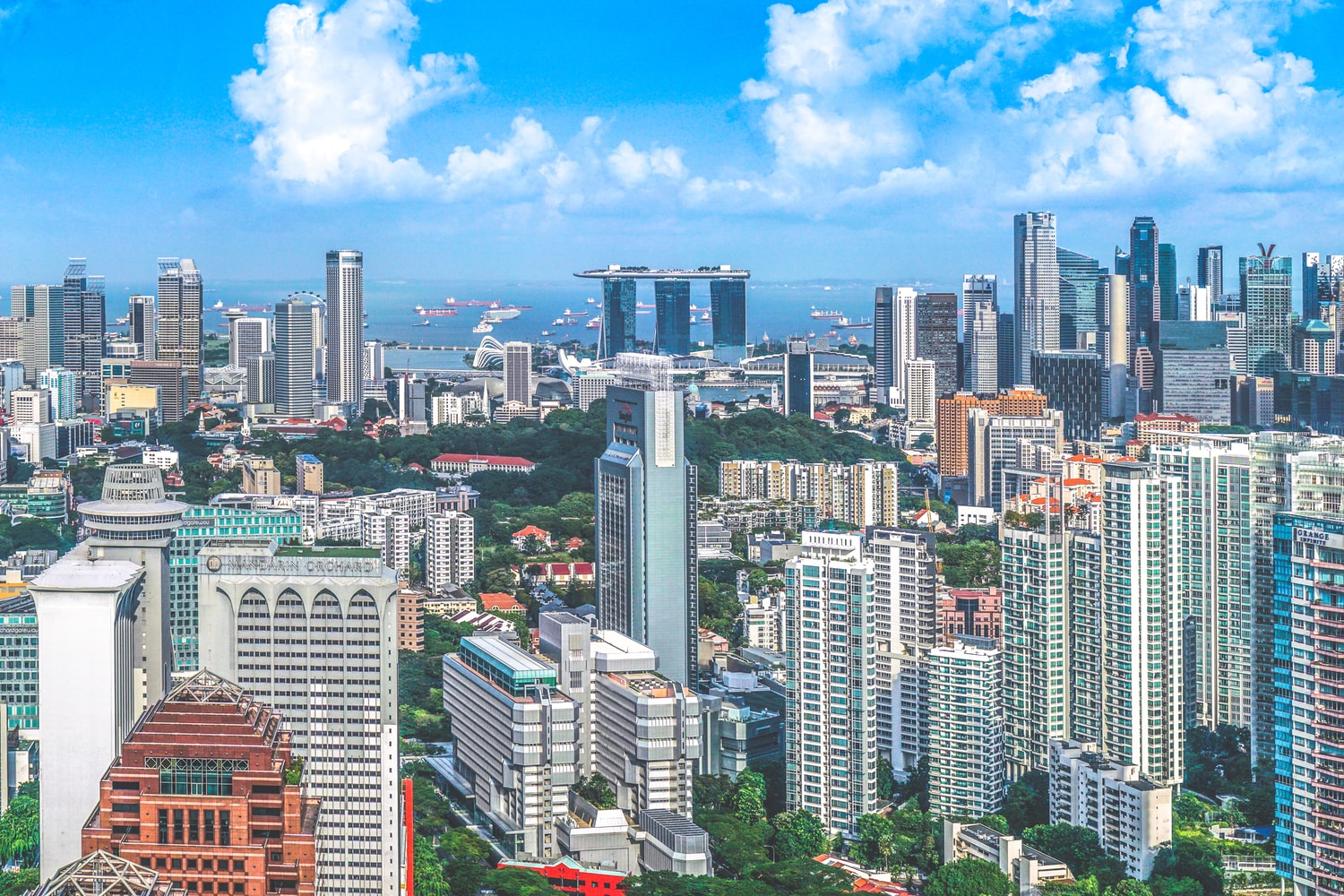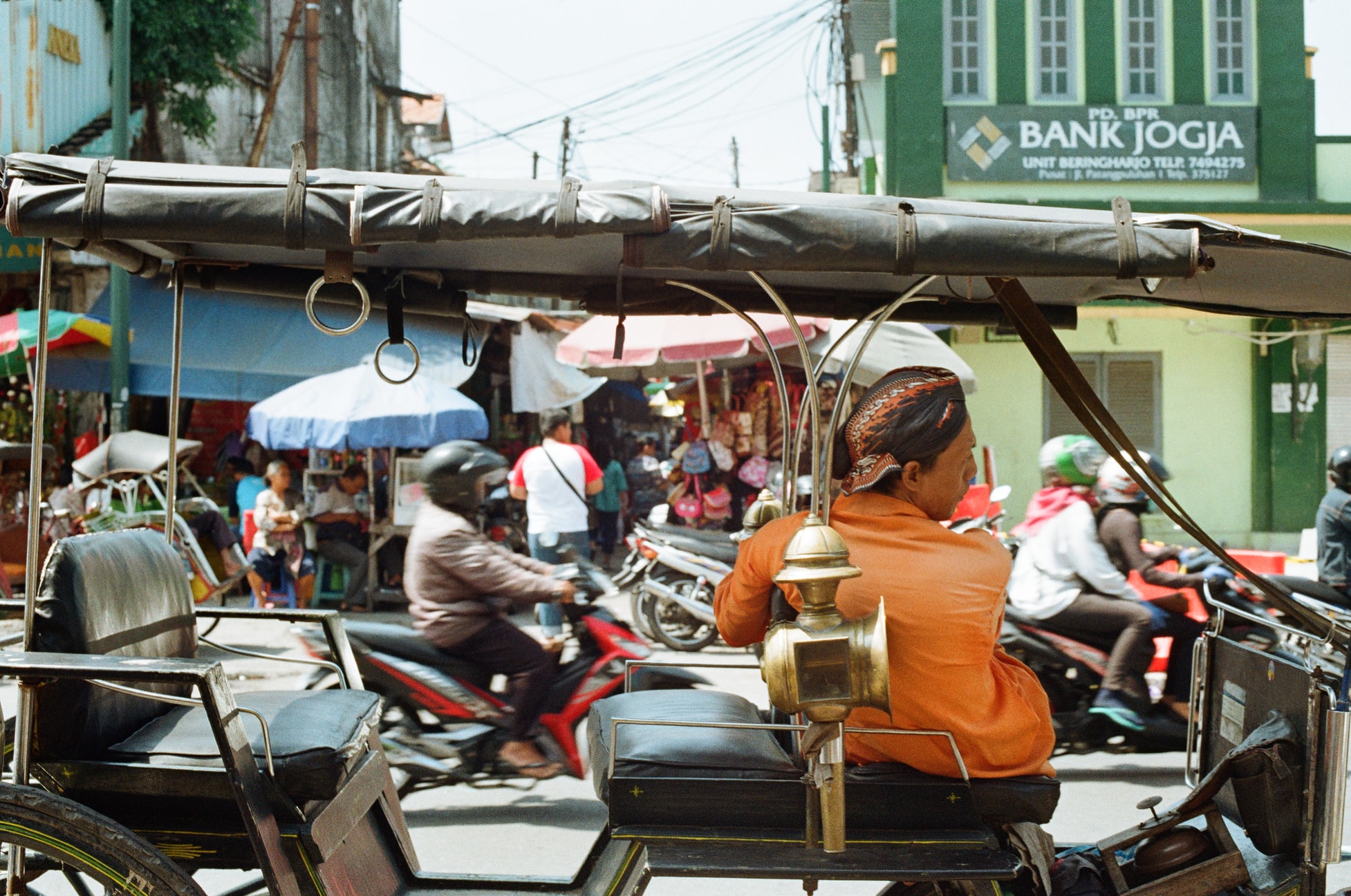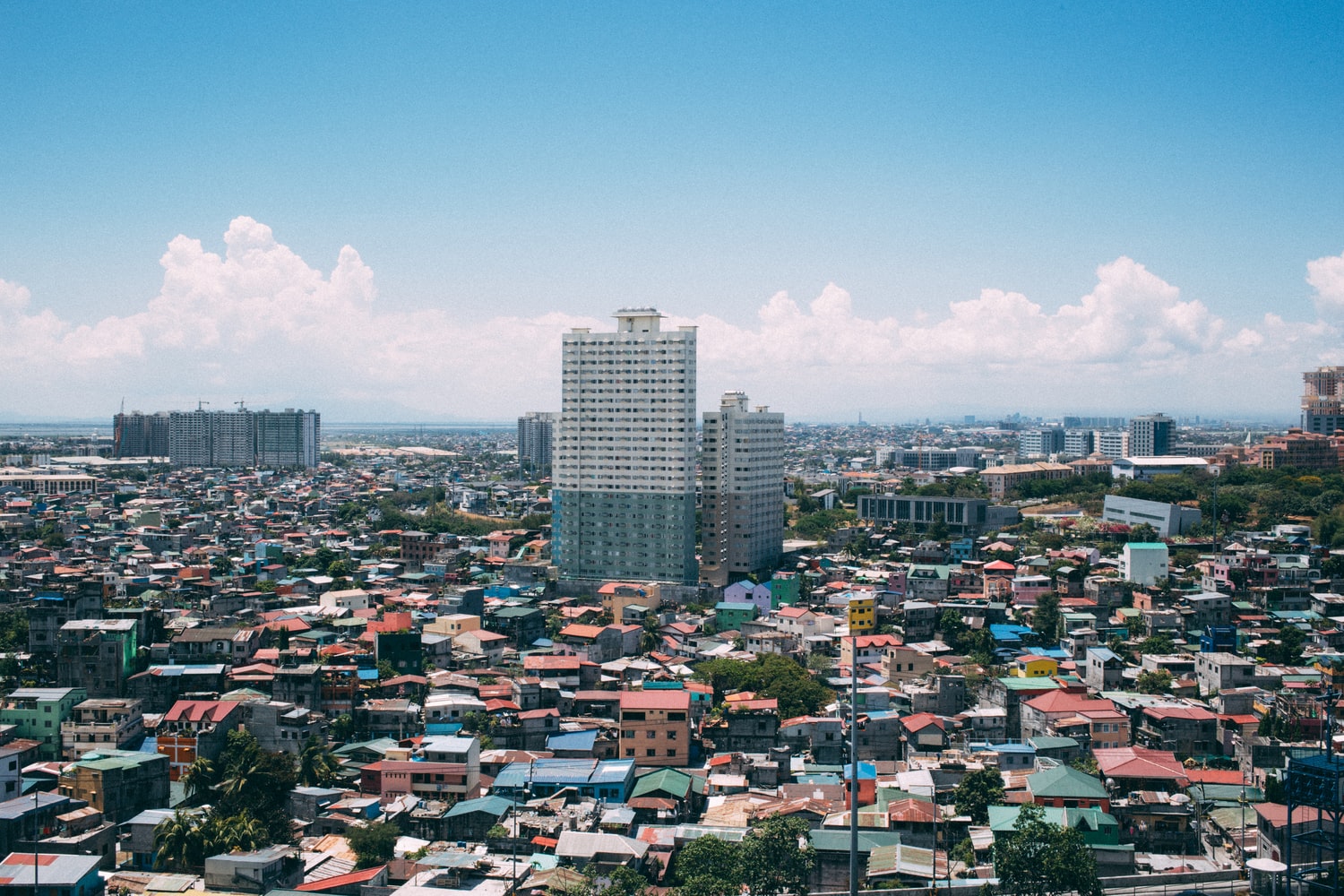“Ample evidence for securitizing food security premised on addressing scarcity can be found in public discourse and reportage of COVID-19 and food insecurity in Singapore”, writes Al Lim, a PhD student in the joint Anthropology and Environmental Studies program at Yale University.
_______________________________________________
This article calls to attention the narrative gaps of Singapore’s food insecurity, and how the strategic myth of scarcity needs to be rewritten to achieve greater well-being.
Memories of empty supermarket shelves might produce good memes today in November 2020, almost a year after COVID’s first outbreak. But they were nowhere near as humorous when COVID-19 first hit. The pandemic has propelled the topic of food (in)security into the public discourse, as the usually invisible supply chain mechanisms started faltering and its inner workings became exposed. Even this year’s Nobel Peace Prize has been awarded to the World Food Programme for its efforts to combat hunger.
For many, the phenomenon of food insecurity can be reduced to a fundamental fear: what happens if I run out of food? This fear is rooted in the narrative of scarcity and accelerated by the crisis-pandemic rhetoric.
A scarcity narrative has been developed since Singapore’s inception as an island-nation cut off from Malaysia that had to survive with limited resources. This concurrently builds on the neo-Malthusian logic seen in the Green Revolution of food scarcity as the main framing of the problem of hunger, instead of malnutrition and interconnected social issues.
Given the disruptive effects of COVID, the threat of food scarcity has dominated most public discussions, but it is a narrative that obfuscates a more important statistic—10.4% of its population are still food insecure. The statistic was released in a nationally representative survey by the Lien Centre for Social Innovation (LCSI) in August 2020, uncovering the hidden pockets of food insecurity within the most food-secure country in the world.
How can food insecurity be reframed in line with greater inclusivity and food distribution networks to address hunger? Engaging this question paves the way for important discussions about how food insecurity is not isolated but intersects with other axes of inequality such as class, gender, climate, and race. This has vital implications for the current national strategy of ramping up food production and diversifying food sources, as these efforts should be tempered by understanding how the production capacities will connect with consumption and malnutrition. Simply increasing food production will not eradicate hunger.
Constructing the Strategic Myth of Food Insecurity
Food insecurity is not food scarcity. Having adequate or even excessive food supply does not mean that there is no food insecurity, as many may not receive the food due to distribution channels, accessibility, or other confounding factors. So, how has this connection been constructed and accepted? One way to account for this is that this narrative builds on two powerful logics: the historical trope of Singapore’s scarcity-thinking since its inception and the neo-Malthusian, Green Revolution rationale.
Scarcity is ingrained in Singapore’s ideology. The dominant narrative of scarcity and survival can be traced to modern Singapore’s origins (Sadasivan, 2014). It is common knowledge in Singapore that the country began as a resource-scarce island that separated from Malaysia in the 1960s, and through a miraculous transformation, has become a contemporary economic powerhouse. Part of this has involved the state-invoked strategy of militarisation to ensure political tranquility through perceptions of crises since the country’s inception (Chong and Chan, 2017: 367; Tan, 2001). The narrative legitimates drastic measures that the state needs to take, especially against those that might seem to come against it. Further, it stokes national sentiment. Consider how a government and population must do whatever it takes to ensure its success in an existential battle. Through the repeated invocation and naturalization of scarcity-premised crises, this logic has remained dominant in contemporary Singaporean imaginaries.
To be sure, Singapore is a small island and its resource scarcity cannot be wholly dismissed, but what must be explored further is whether the scarcity narrative still works. Singapore’s position as a global city (see Sassen, 2001), top-ranked smart city (IMD, 2020), and its stellar economic profile places the country in a radically different place from the 1960s. The repeated strategy of invoking crises and the rationale of not having any natural resources simplifies a far more complex reality, a process which has served to enhance the state’s political position. However, the use of the scarcity narrative in contemporary Singapore has faltered because it no longer stands for a corresponding reality, as the city does not face the same ‘scarcity’ as it did 60 years ago.
Singapore’s historical penchant for scarcity blends with the neo-Malthusian, Green Revolution narrative of scarcity, food production, and demographic boundaries. Thomas Malthus (1798) is known for his theory that the geometric-ratio (exponential) increase of the population will far exceed the arithmetic-ratio (linear) increase of food production, resulting in a catastrophe when population outstrips food supply. The Malthusian link between population and food scarcity has been leveraged by proponents of the Green Revolution, claiming triumph over hunger through increased agricultural productivity. This connection is clearly stated when Norman Borlaug (1970) invokes the Population Monster in his Nobel lecture, saying that the Green Revolution has only temporarily stemmed the tide against the problems of human reproduction, where the scarcity of resource use remains as the ultimate enemy.
However, the link between scarcity and hunger is socially constructed and tenuous. While food production increased since the Green Revolution’s implementation of ‘miracle wheat’ from its initial phases in Mexico in the 1950s, the number of hungry people increased by more than 11% in the decades of the Green Revolution’s major advances (excluding China as an anomaly) (Rosset et al., 2000). This finding questions the success of the Green Revolution and challenges how increasing food supply and capacities do not necessarily reduce the problem of hunger and malnutrition.
Moreover, critics of the Green Revolution have pointed out that it was a set of misguided technologies forced on developing nations as a form of American cultural imperialism, disrupting rural patterns, cultivating patterns of dependency for seeds and chemicals, and causing environmental degradation (Beeman and Pritchard, 2001). While the Green Revolution is over, its logic has far from disappeared (Patel, 2013). The framing of the problem as one of scarcity powerfully evokes and legitimates the need for food production, which has been the case in Singapore, despite little empirical support for the connection between food scarcity and hunger.
The two narratives of scarcity from Singapore’s inception and the Green Revolution combines to produce a strategic myth. This myth was not originally unfounded due to strategic actions against material and resource constraints. Nevertheless, its continued usage misapplies the logic of scarcity. The myth—an invocation of present-day food scarcity as food insecurity—no longer conforms to the current reality nor the actions that it legitimates such a sole focus on agricultural innovation. In other words, the scarcity rationale from the post-independence narrative does not fit the Singapore of 2020, and the resulting action of increasing technological production has been challenged by the Green Revolution’s critiques.
‘Security’ and COVID-19 as Catalysts
The securitization discourse and effects from the COVID-19 pandemic have also catalyzed the urgency of the food scarcity, amplifying this strategic myth. As a catalyst for this narrative, the ‘security’ aspect has sharpened this need for apparent food production or diversifying food sources to address scarcity. The framing of securitization relies on the construction of an external enemy, using the logic of survival, urgency, and defense as a necessary response to danger or risk (Sahu, 2018). This enables the actors responsible to undertake whatever means necessary to fight the problem. In other words, the discursive focus on external food security relies upon, as security expert Naraghi-Anderlini claims, the premise that the deities of national security can never be questioned.
Ample evidence for securitizing food security premised on addressing scarcity can be found in public discourse and reportage of COVID-19 and food insecurity in Singapore. It is imperative to “secure a supply of safe food for Singapore” according to the Singapore Food Agency (SFA). This is reinforced by Minister Chan expressing how Singapore should not “comprise our ability to secure such supplies from other sources by revealing our national stockpile”. Historically, Singapore has been “buttressing” its food security for decades, and it is now an “every individual’s fight”. The repetition of these securitized terms in the discourse: ‘security’, ‘fighting’, and ‘stockpiling’ frames how Singapore needs to secure its food supply using military terminology.
The rhetoric of securitization, along with the uncertainty in the time of COVID-19, has resulted in the government’s swift and decisive response. The Singapore state has taken a series of measures to assuage public fears, such as Minister of Trade and Industry Chan Chun Sing posting pictures of 300,000 eggs arriving in March, emphasizing the resilience of stockpiling strategies by national supermarket NTUC FairPrice that also avoids volatile price fluctuations, and even trying to persuade the public against their inevitable swarming to supermarkets prior to major COVID-related announcements. These announcements complement the Agri-Food and Veterinary Authority of Singapore (AVA)’s food security roadmap, which primarily focuses on diversifying sources of imports, investing abroad, developing industry, producing locally, and stockpiling.
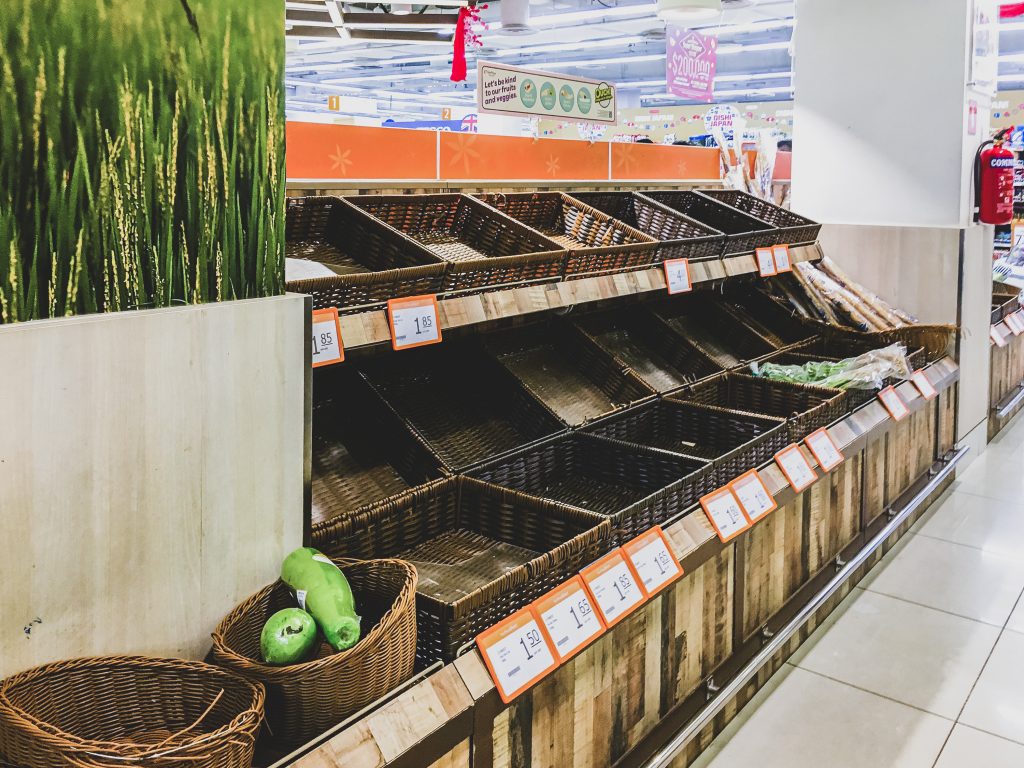
Figure 1: Aftermath of panic buying in February 2020 at an NTUC FairPrice supermarket in Singapore during the early stages of the COVID-19 pandemic”. Adapted from Catherine Poh, Wikimedia Commons
To further clarify what went on at the start of the pandemic, the state published an article that claims that Singapore’s food supply was never really at any risk and that it was an inter-agency effort between the SFA, Ministry of Trade and Industry, Enterprise Singapore, and the Ministry of Foreign Affairs to ensure agri-trade is maintained through diverse and resilient mechanisms. Here, the state narrative remains entrenched in defending against food scarcity through utilizing, enhancing, and diversifying food supply chains.
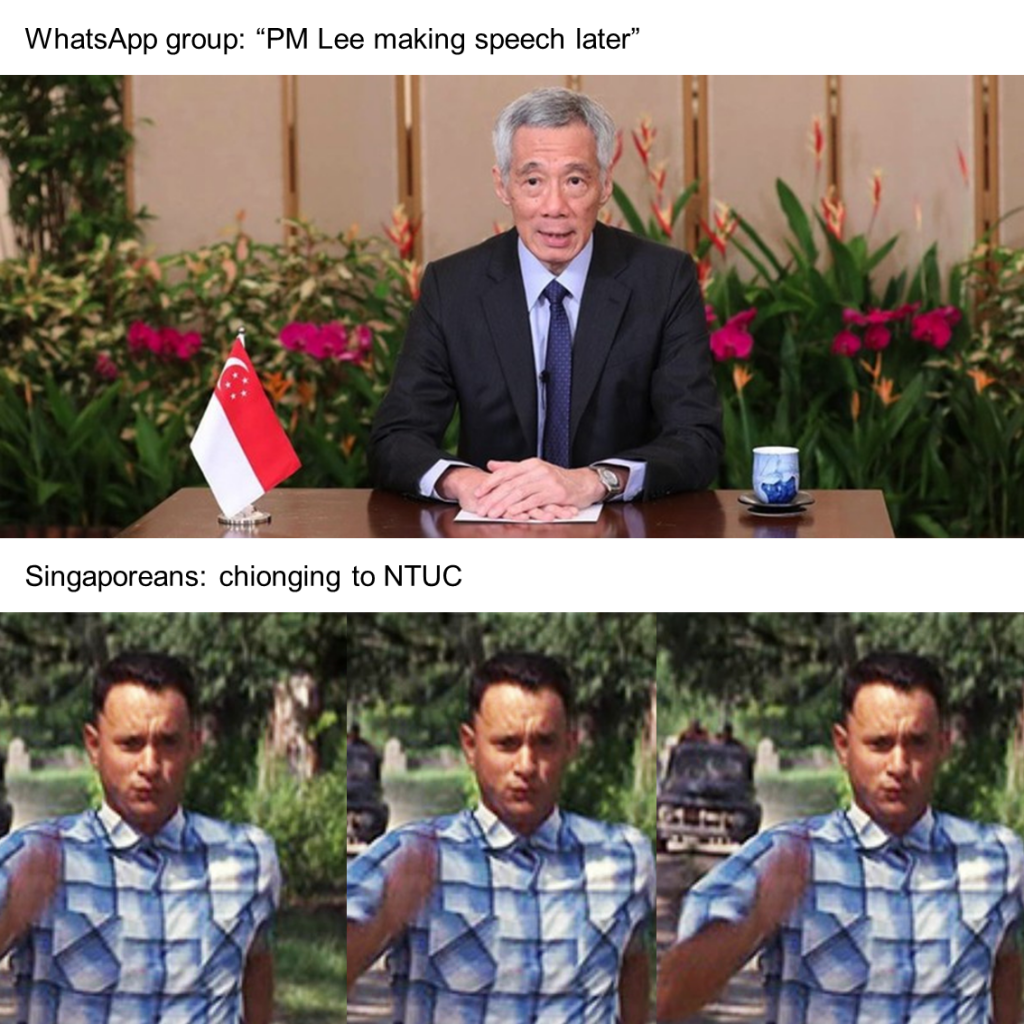
Figure 2: Meme of Singaporeans chionging (rushing) to NTUC supermarkets when they get notifications that a big announcement (more possible lockdowns) might be made. Made by author; images from PM Lee’s Instagram and Forrest Gump (1994)
What about Lived Food Insecurities?
What the strategic myth and scarcity narratives miss out on is how food security is a lived experience of hunger and malnutrition. It is no secret that inequality exists in Singapore (Teo, 2017). Specifically, inequality in domestic food consumption and security has existed prior to COVID-19. Based on the definition of food security in the World Food Summit, all people at all times should have access to sufficient, safe, and nutritious foods to meet their dietary needs and food preferences for an active and healthy life.[1] This is the working definition that the Lien Centre for Social Innovation (LCSI)’s nationally representative survey uses, and the results indicate that 10.4% of Singaporean and Permanent Residents’ (PR) households were severely (3.5%) or moderately (6.9%) food insecure in the past 12 months.
These statistics are pre-pandemic, and COVID-19 has undoubtedly worsened them. The pandemic’s effects of lockdowns, economic and financial precarity, cabin fever, and increasing stresses would have increased the intensity and number of households facing food insecurity. Therefore, the domestic portrayal of food insecurity where not all people have access to adequate food at all times, is rendered less visible by the strategic myth of scarcity.
The lived experience of food insecurity is also fundamentally a question of health. Adverse health outcomes due to food insecurity have long been documented, affecting cognitive performance and being linked to higher risks of depression, anxiety, and cardiovascular risks such as hypertension and diabetes (Gundersen and Ziliak, 2015; Seligman et al., 2011). The reduction in comprehensive dietary requirements of food insecurity adds to the existing physical and mental health burdens from the pandemic.
The distribution of these health tolls is also unevenly distributed throughout the population along lines of inequality. The strategic myth homogenizes the population as benefiting wholesale from improved food production but does little to unpack the disadvantages along axial intersections such as class, climate disaster, as well as citizenship and race (Dutta, 2015; Olson, 2018; Teo, 2017).
More research is required to better understand these intersections. For instance, Tan et al.’s (2016) study of food insecurity illustrates how women have de-prioritized themselves and their health at the expense of their families. This dynamic is similarly displayed in LCSI’s interviews with food-insecure households, where 36-year-old single mother Ms. Chen is unable to cook at home due to caregiving responsibilities for her young son and instead relies on canned food, noodles, and cereal. While these studies predate COVID-19, gender roles in the country have yet to shift towards transforming these dynamics and gender inequality. An upcoming White Paper in Singapore is planning to comprehensively review issues affecting women. This effort, along with further research programs, must also account for systemic inequalities and consider food insecurity as a lived experience intersecting with other dimensions of inequality.
A New Narrative of Food Insecurity
A new narrative in Singapore is being written. Food production capacities are being ramped up and urban farms are the new in-thing in Singapore. The increase in productive capacities is part of the efforts to achieve 30% of Singapore’s nutritional needs being produced domestically by 2030, up from 10% (Teng, 2020). This goal, along with the state’s diversification strategies, has been driven by the notion of scarcity and running out of food.
To write against the strategic myth of food-insecurity-as-scarcity is an important endeavour. Put simply, one should ask: food security, for whom?
Singapore does not need a Green Revolution 2.0 and more scarcity-thinking; food insecurity is not a simple, technocratic fix of production and supply. Addressing the problem of food insecurity must concurrently account for its interconnected social processes, distribution channels, and the people consuming the food. Distributive channels and the “who” can be illuminated by involving community initiatives such as Eat for Good, Food from the Heart, and Foodbank’s Feed the City that have contributed to alleviating food insecurity during the lockdown and provided for families in need while supporting local food businesses. They continue to do so and should be included in discussions of national food insecurity as important stakeholders.
Better health and well-being outcomes for citizens during and beyond COVID-19 are at stake. Connecting food insecurity at a national level to lived realities, at the node of multiple identities, is a vital step to take during and post-COVID towards reducing hunger and increasing well-being. This way, the mistakes of technology-as-salvation and neo-Malthusianism can be avoided by challenging inherited myths and creating better pathways to reach the hungry.
Footnotes
[1] Compare this with how the Economic Intelligence Unit evaluates Singapore as top-ranked in food security. The three evaluative measures – affordability, availability, and quality and safety are external components that pay little attention to the lived experiences of food insecurity. These indicators measure how resistant Singapore’s food supply chain is to shocks, whether consumers have a wide variety of food to purchase at stable prices, and if the nutritional quality and safety of food are relatively high. The measures are determined primarily by external factors such as economic tariffs, the amount invested in research and development, and the diversification of foods. While important, the definition can be integrated with a more expansive understanding of food security using the World Food Summit’s definition.
References
Beeman, R.S. & Pritchard, J. A. (2001) A green and permanent land: ecology and agriculture in the twentieth century, Lawrence: University Press of Kansas.
Borlaug, N. (1970) ‘Acceptance Speech, on the occasion of the award of the Nobel Peace Prize in Oslo, Norway.’ Available at: https://www.nobelprize.org/prizes/peace/1970/borlaug/acceptance-speech/ (accessed September 2020).
Chong, A. & Chan, S. (2017) ‘Militarizing civilians in Singapore: preparing for “Crisis” within a calibrated nationalism’, The Pacific Review, 30, 365–384
Dutta, M.J. (2015) Food Insecurity and Health of Bangladeshi Workers in Singapore: A Culture-Centered Study, The Department of Communications and New Media, Faculty of Arts and Social Sciences, National University of Singapore.
Gundersen, C. & Ziliak, J.P. (2015) ‘Food Insecurity And Health Outcomes’, Health Affairs, Health Affairs, 34, 1830–1839.
Institute for Management Development (IMD) (2020) ‘Smart City Index 2020’. Available at: https://www.imd.org/smart-city-observatory/smart-city-index/ (accessed September 2020).
Malthus, T. (1798) An essay on the principle of population, as it affects the future improvement of society: with remarks on the speculations of Mr. Godwin, M. Condorcet and other writers. London, Printed for J. Johnson.
Olson, J. (2018) ‘Women on the Front Lines of Change: Empowerment in the Face of Climate and Displacement’, New Security Beat, Environmental Change and Security Program, Woodrow Wilson International Center for Scholars. Available at: https://www.newsecuritybeat.org/2018/02/women-front-lines-change-empowerment-face-climate-displacement/ (accessed August 2020).
Patel, R. (2013) ‘The long green revolution’, The Journal of Peasant Studies, 40(1), 1-63.
Rosset, P., Collins, J. & Lapp, F.M., 2000. Lessons from the Green Revolution Do We Need New Technology to End Hunger? Tikkun Magazine, 15(2), 52–56.
Sadasivan, V. (2014) ‘A Narrative For Winning’, Singapore Challenged: The Uneasy and Uncharted Road Ahead, Edited by V. R. Savage, (The National University of Singapore Society Commentary), 23, 13–20.
Sahu, A.K. (2019) ‘Referent object, securitising actors and the audience: the climate change threat and the securitisation of development in India’, Cambridge Review of International Affairs, Routledge, 1–24.
Sassen, S. (2001) The Global City: New York, London, Tokyo. Princeton, NJ: Princeton University Press.
Seligman, H.K., Laraia, B.A. & Kushel, M.B. (2010) ‘Food insecurity is associated with chronic disease among low-income NHANES participants’, The Journal of nutrition. 2009/12/23 ed., American Society for Nutrition, 140, 304–310.
Tan, K.P.A.S.-S. (2001) ‘Civic Society and the New Economy in Patriarchal Singapore: Emasculating the Political, Feminizing the Public’, Crossroads: An Interdisciplinary Journal of Southeast Asian Studies, [Board of Trustees of Northern Illinois University, Northern Illinois University Center for Southeast Asian Studies], 15, 95–122.
Tan, N., Kaur-Gill, S., Dutta, M.J. & Venkataraman, N. (2016) ‘Food Insecurity in Singapore: The Communicative (Dis)Value of the Lived Experiences of the Poor’, Health Communication, 32, 954–962.
Teo, Y.Y. (2017) This is How Inequality Looks Like, Singapore: Ethos Books.
Teng P. (2020). Assuring food security in Singapore, a small island state facing COVID-19. Food security, 1–4.
* The views expressed in the blog are those of the authors alone. They do not reflect the position of the Saw Swee Hock Southeast Asia Centre, nor that of the London School of Economics and Political Science.
* Special thanks to Professor Sylvia Chant, Professor Michael Dove, Professor Paul Kockelman, Jolene Lum, Isabelle Li, The Maju Collective, and the LSE SEAC team – Professor Hyun Bang Shin, Dr Murray Mckenzie, and Dr Do Young Oh – for their generous contributions in shaping this paper.


